Dan Graham
Dan Graham was born in Urbana, Illinois, in 1942 and moved to New York in the early 1960s, where he and friends founded the John Daniels Gallery in 1964, where Dan Flavin and Sol Le Witt, among others, exhibited. Graham ran the gallery until it closed in 1965, and soon after began to become active as an artist himself.
In his diverse body of work, which includes essays on art, architecture, and rock music as well as film, performance, video, and architecture, he explores individual perception in social space. In doing so, he always refers to concrete elements of everyday culture and playfully combines minimalist forms with dry humor. Dan Graham participated in almost every important exhibition since the 1970s and is one of the most influential artists of his generation. He died in 2022 in New York, USA.
His early conceptional works, such as Figurative (1965) or Schema (1966), were self-published magazine ad-vertisements,that intended to short-circuit the cycle of art and art publications. Also included
among these early works was his legendary photo-text essay “Homes for America” (1966), a documentation and analysis of suburban architecture. In films such as “Roll” and “Body Press” (1970), and in performances like Performer/Audience/Mirror (1975), Graham, influenced by psychoanalytic considerations, became involved with the perception of space and time, the consciousness of corporeality and the problems of interacting with the media. Dan Graham’s work has been influenced also by his participation in music and pop culture, and his cooperation with musicians, for example, Glen Branca or Sonic Youth, which led to videos such as “Rock My Religion” (1982-84). With Public Space/Two Audiences (1976) at the Biennale di Venezia, his work in architec-ture began to take concrete shape, culminating in a series of pavilions. His “New Design for Showing Videos” (1995), which he conceived specifically for the Generali Foundation, allows for the presentation of videos in-side an exhibition space and involves aspects of group dynamics. In addition to further architectural and architecture-related works, the Generali Foundation has also gathered together Graham’s film installations and videos. (MV)
Books of artists
Dan Graham. For publication. Ed. Otis Art Institute. Text by Graham, Dan. Los Angeles, 1975.

regina (Oktober 1994). Texts by Kremeier, Ulrike; Hilke, Antonia; Scott Brown, Denise; Margreiter, Dorit; Graham, Dan.
Dan Graham. Don't trust anyone over thirty. An entertainment by Dan Graham. London: Koenig Books, 2019.
Artworks

Binocular Zoom, 1969-70

Body Press, 1970-72
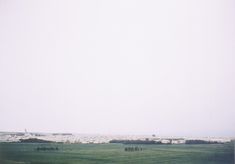
Caravans, Berwick-upon Tweed, 1997

Courtyard of Development, Jersey City, N.J., 1966; Row of Houses, Bayonne, N.J., 1963, 1963-66

Figurative, 1965

Helix/Spiral, 1973
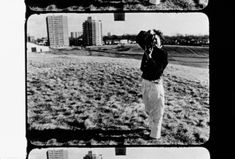
Helix/Spiral (Simone Forti), 1973
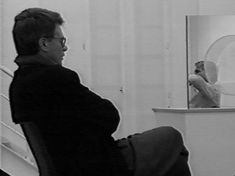
Interview (Chris Dercon), the 1960’s, 1970’s, 1980’s, 1991
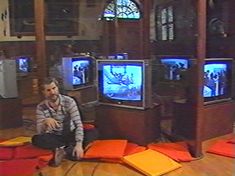
Interview (Chris Dercon), Topics: Interior Design for Space Showing Videotapes - Design as Art, Art as Design, 1986

Interview (Chris Dercon), Topics: Rock My Religion, 1984

I-they, 1966

Layout for Catalogue "For Publication", 1966
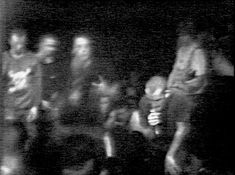
Minor Threat, 1983

Model for Skateboard Pavilion, 1989

Model for Star of David Pavilion, 1989

New Design for Showing Videos, 1995
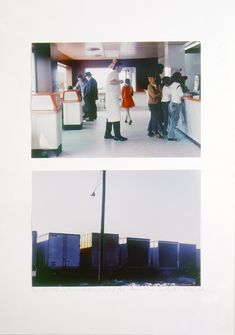
New Highway Restaurant, Jersey City, N.J., 1967; Trucks, New York, N.Y., 1966, 1966-67

No title - time and place use different type, 1966

Number Rungs Ladder, 1966

One, 1967-1991
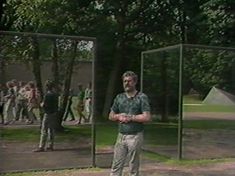
Outdoor Pavilions, 1999
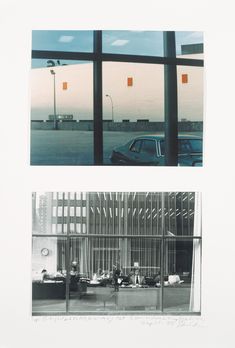
Parking Lot and Factory, Union City; Employees in Chicago, 1967

Past Future Split Attention, 1972

Performance and Stage-Set Utilizing Two-Way Mirror and Video Time Delay, 1983

Performer/Audience/Mirror, 1975
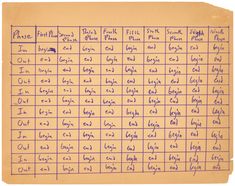
Phase In/Out, 1966

Private 'Public' Space: The Corporate Atrium Garden, 1987

Rock My Religion, 1982-84

Roll, 1970

Schema, 1967

Schema, 1995

Strange and Square, 1966
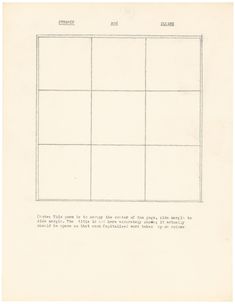
Strange and Square, 1966

Sunset to Sunrise, 1969

"Tennis Lady" Storefront, Palo Alto, ca. 1978; Kitchen Trays in Discount Store, Jersey City, N.J., 1966, 1966-78

Two Families in Front of New Houses, Staten Island, New York, 1967; "Model House" Bedroom, Staten Island, N.Y., 1967, 1967
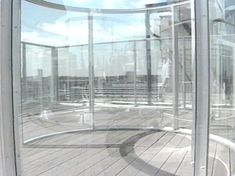
Two-Way Mirror Cylinder Inside Cube and a Video Salon, 1992
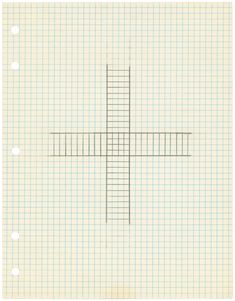
Untitled, 1966
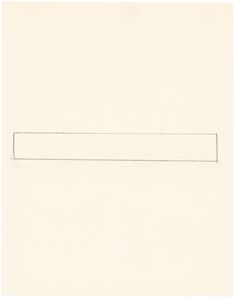
Untitled, 1966

Untitled, 1966
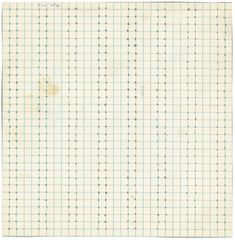
Untitled, 1966

Untitled, 1966
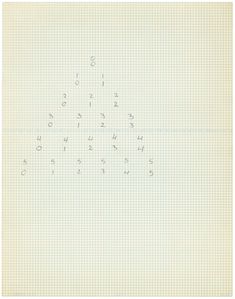
Untitled, 1966
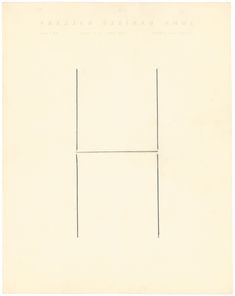
Untitled, 1966

Untitled, 1966
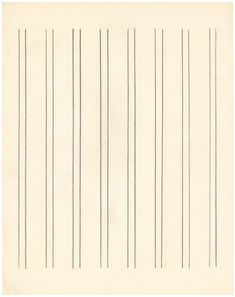
Untitled, 1966

Untitled, 1966

Untitled, 1966
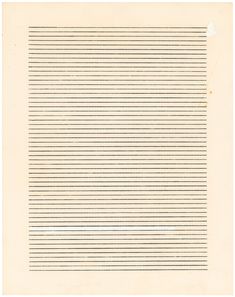
Untitled, 1966

Untitled, 1966

Untitled, 1966

Untitled, 1966
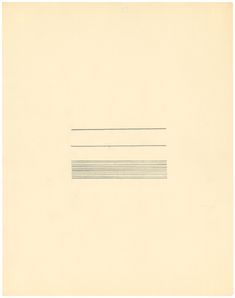
Untitled, 1966
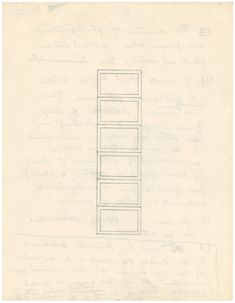
Untitled, 1966

Video/Architecture/Performance, 1996

Warehouse in "Neo-Colonial" Style, Westfield, N.J., 1978; "Tudor" Style House, Perth, Australia, 1985, 1978-85

Westkunst (Modern Period): Dan Graham Segment, 1980